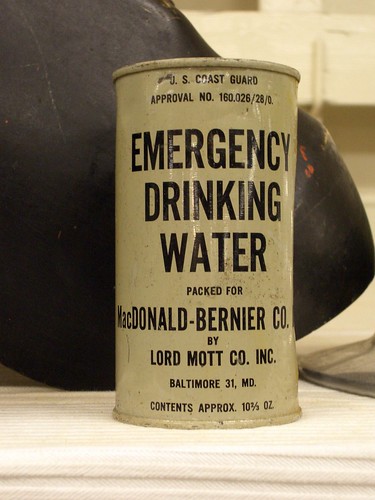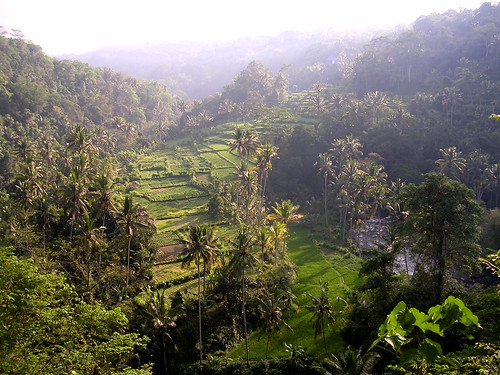 Message in a bottle: The Age
Message in a bottle: The AgeIf ever you need an indicium of the ascendancy of consumerism, just pause to think about the ridiculous ubiquity of the plastic bottle of mineral water. Not Perrier: that I get, but still "mineral water" the principal aim of which seems to be ultimate tastelessness and complete absence of minerals.
Now living in Melbourne as I do, with some of the best drinking water in the world, the concept of paying more for water than for petrol makes the modern world look a tiny bit like Joseph K. perceived it in Kafka's
The Trial (though the weirdness of that trial is more easily explicable than all the folks prepared to pay $2.50 for a bottle of water these days, since scholarship has demonstrated that the fellow who put the chapters of the novel together which Kafka's death left unfinished had to make up their order, since they were all stored separately and no instructions were left as to their order).
This article confirms my fears, though I was supposed to learn that the bottles which get thrown away take only 1,000 years to decompose.
I just drink beer in the third world. But why not have reuseable glass bottles? If we can have an economy where beer comes in glass, why not water? Gee I like those bottles, all crazed on their outside from years of joggling against the sides of crates transported over bad roads. I can't quite remember where I travelled amongst them, but it was probably India. I used to carry around a Sigg water bottle and use iodine pills. The taste wasn't too good, but it was potable.
Update: More in February 2006
article in The Age:
A recent report by the Washington-based Earth Policy Institute said global consumption of bottled water rose 57 per cent from 1999 to 2004 to 154 billion litres. Much of the growth came from countries such as Australia, where most tap water is just as high a quality as anything that can be bought.
Packaging worldwide required 2.7 million tonnes of plastic each year, the report's author, Emily Arnold, said.
The manufacture of bottles used up 1.5 million barrels of crude oil in the US because the plastic is made from the fossil fuel, Ms Arnold said.
"In contrast to tap water, which is distributed through an energy-efficient infrastructure, transporting bottled water long distances involves burning massive quantities of fossil fuels," she said.
In Australia, the energy cost of buying water instead of drawing it from a tap was comparable to driving a car, said Mr Grant, who is the assistant director of design at RMIT University.
While driving a car for one kilometre used four megajoules of energy, drinking a 600-millilitre bottle of water used 1.5 megajoules, when the transport costs were included.
By contrast, drinking water out of a tap used only 0.2 megajoules, Mr Grant said. And when they are no longer wanted, water bottles were taking up space in landfill sites."
Thanks to a Connecticutian masquerading as
Complexify for the photo.





